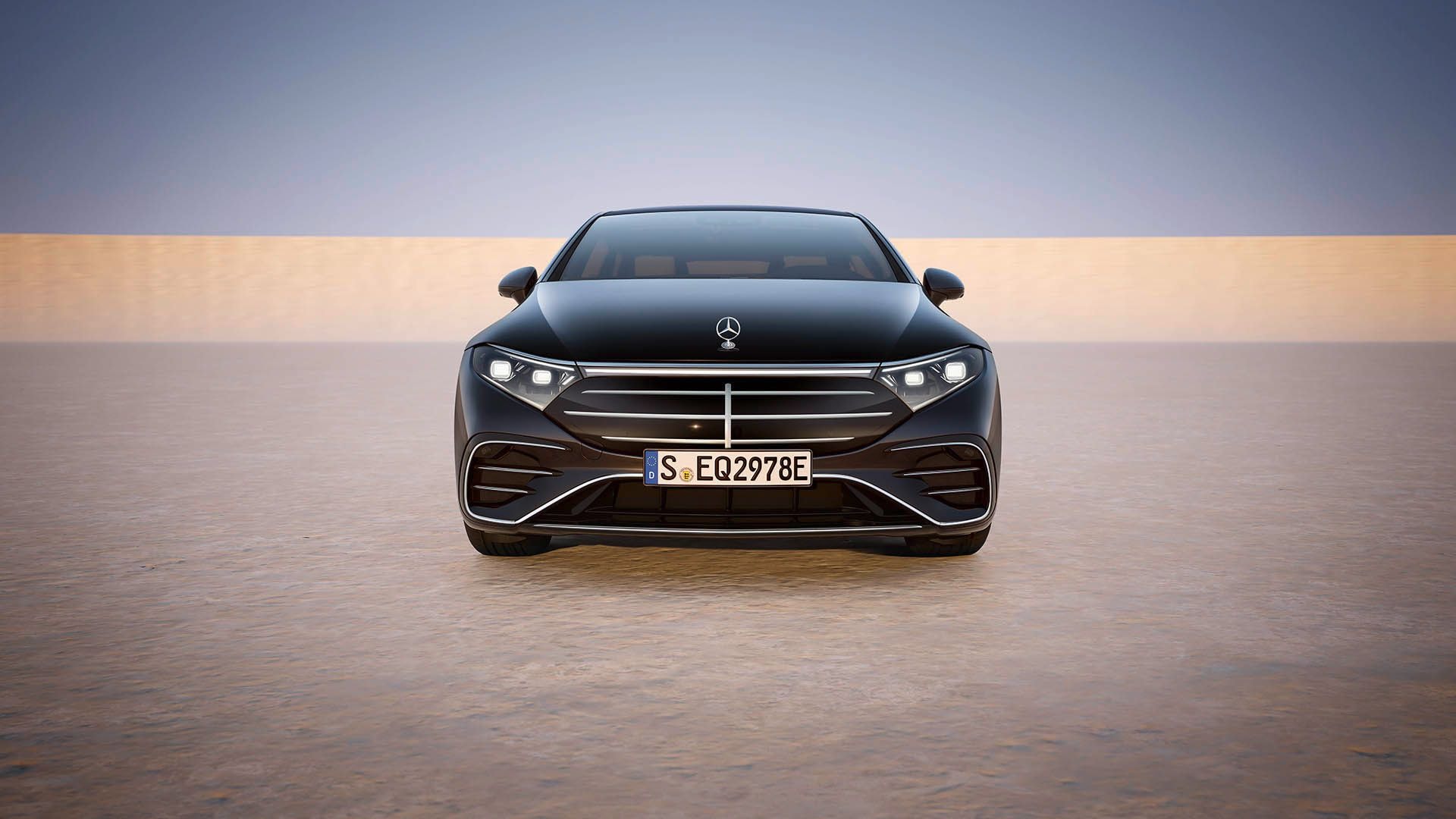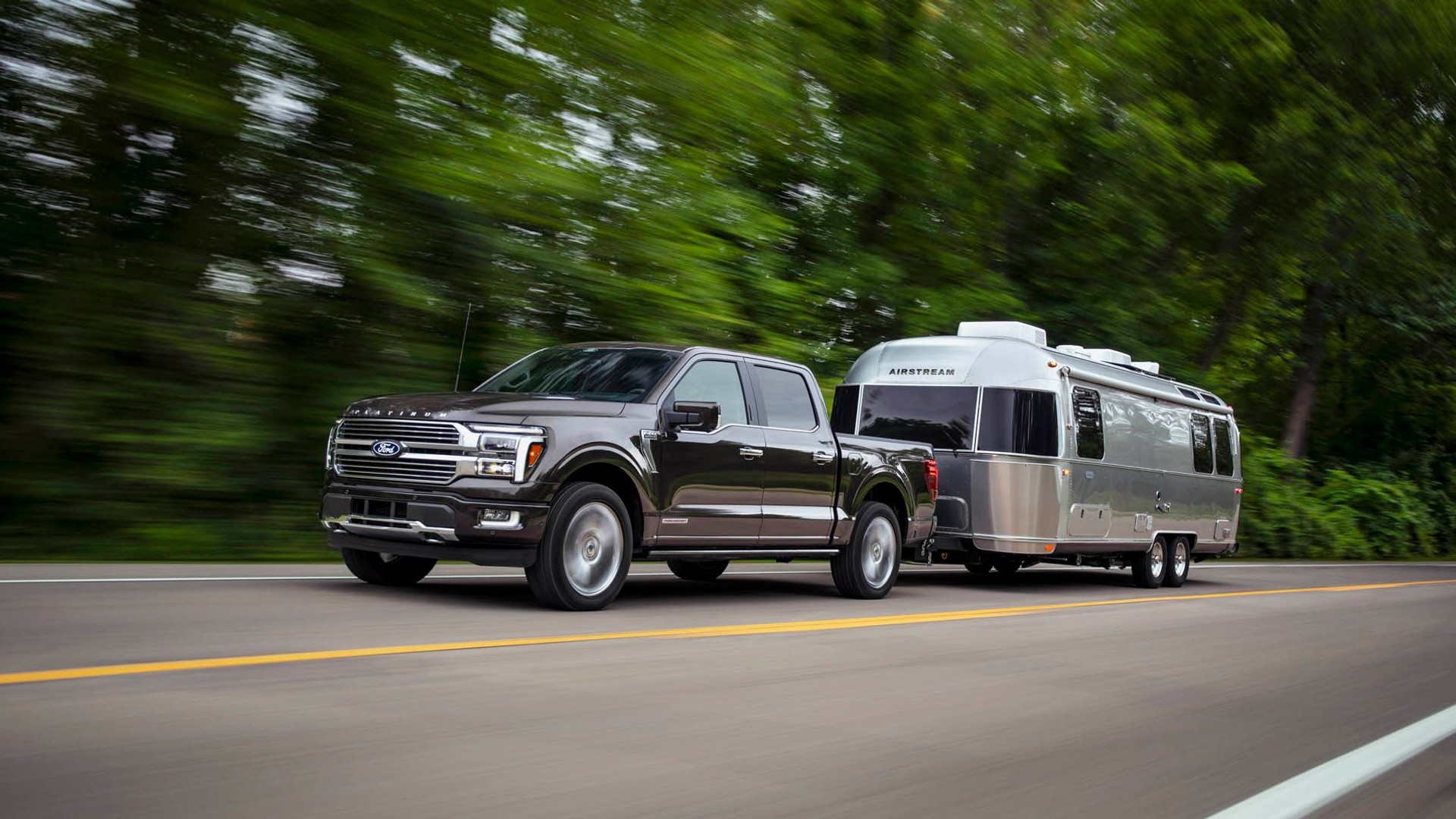The Tesla Model S luxury electric sedan will get an upgrade of its highest-capacity battery pack, from 85 to 90 kilowatt-hours, as well as a new optional high-performance mode called "Ludicrous" mode.
The news was announced today by Tesla Motors CEO Elon Musk during a press conference (and followed one hour later by an update on the rocketry efforts of SpaceX, which he also runs).
Musk called the upgrade "pretty awesome," as is his wont.
DON'T MISS: How Elon Musk Controls Tesla Motors While Owning Only 27 Percent
In "Ludicrous" mode in both P85D and new P90D variants--it's above "Insane" mode, to be clear--the new software will reduce 0-to-60-mph acceleration from the current level of 3.1 seconds to 2.8 seconds, Musk said.
Its quarter-mile time is cut to 10.9 seconds, and maximum acceleration will be 1.1g--or, as Musk noted, "faster than falling."
![Tesla Model S P85D 'Insane' mode acceleration [frame capture from DragTimes video] Tesla Model S P85D 'Insane' mode acceleration [frame capture from DragTimes video]](https://images.hgmsites.net/lrg/tesla-model-s-p85d-insane-mode-acceleration-frame-capture-from-dragtimes-video_100498648_l.jpg)
Tesla Model S P85D 'Insane' mode acceleration [frame capture from DragTimes video]
For the new performance mode, Musk described an "advanced smart fuse" for the battery that the company had developed, with its own electronics and its own very small lithium-ion battery.
The company also upgraded the main battery contacts from steel to a more advanced metal, resulting in a maximum power delivery from 1300 amps to 1500 amps.
Up to about 30 mph, the car is limited by the traction of its tires; above that, the limitation on acceleration becomes how much current can safely be drawn from the pack, with the performance improved by the increase to 1500 amps.
ALSO SEE: Tesla Model S Outsold Nissan Leaf In U.S. During Q1: Report
Musk called the new "Ludicrous" mode "an extension of Insane mode" past a speed of 30 mph.
Musk said no chassis or suspension changes were needed, noting that with the right tires, the car will corner at 1g--which, he said, "most people have no idea what that feels like."
The cell chemistry for the upgraded 90-kWh pack includes a new anode that adds silicon to the graphite, permitting the increase in performance.
Tesla expects roughly a 6 to 7 percent increase in EPA-rated range for the P90D version, roughly equivalent to the increase in energy capacity of the new pack.
The 90-kWh battery, with its increased range, will be a $3,000 upgrade over the cost of an equivalent Model S with the older 85-kWh pack.
The longest-distance model in the Tesla range will become the 90D Model S, which Musk said will get very close to a highway range of 300 miles when operating at a steady 65 miles per hour.
As far as any increase in sales due to the new version, Musk said, "I have no idea" in response to a journalist's question.
MORE: Tesla Adds Nevada Land; Will Gigafactory Be Planet's Biggest Building
"We thought these would be pretty awesome, so we did it."
For the next six months, existing P85D owners can buy the new pack for just $5,000 plus labor costs for the installation (which vary from location to location).
Musk said the company is in the process of finishing the safety validation for the new larger battery to be retrofitted into the company's Roadster sports cars.
The first deliveries of that pack will probably be ready for field deliveries late next month, Musk said.
RELATED: No, Tesla Won't Make A 'Model M' Electric Motorcycle (Despite That Rendering)
First delivered in June 2012, the Tesla Model S still offers--more than three year later--the highest range of any plug-in electric production car sold anywhere in the world.
![2015 Tesla Model S P85D - 'Chiseled by man and nature' [photo: George Parrott] 2015 Tesla Model S P85D - 'Chiseled by man and nature' [photo: George Parrott]](https://images.hgmsites.net/lrg/2015-tesla-model-s-p85d--chiseled-by-man-and-nature-photo-george-parrott_100509286_l.jpg)
2015 Tesla Model S P85D - 'Chiseled by man and nature' [photo: George Parrott]
After a reshuffle of the Model S lineup this past spring, there were--until today--four versions of the Model S available. There will now apparently be no fewer than 10:
- 70 (RWD), the base model, starting at $70,000
- 70D (AWD), at $75,000
- 85 (RWD)
- 85D
- P85D with Insane mode (0-60 in 3.1 secs)
- P85D with Ludicrous mode (0-60 in 2.8 secs)
- 90 (RWD)
- 90D
- P90D without Ludicrous mode (0-60 in 3.1 secs)
- P90D with Ludicrous mode (0-60 in 2.8 secs)
The base model, known as the 70D, has a 70-kilowatt-hour battery pack, all-wheel drive, and is EPA-rated at 240 miles of range.
The three top-end models--the 85 (with rear-wheel drive), 85D (with all-wheel drive), and P85D (high-performance all-wheel drive)--are thus supplemented by 90, 90D, and P90D versions.
The longest-distance model will be the 90D, the all-wheel-drive Model S with the largest 90-kWh battery pack.
We rather suspect, however, that the 85-kWh versions may quietly be withdrawn from the lineup once stocks of that old lithium-ion cell are depleted.
Autopilot testing continues
Musk also noted he personally is testing the Version 7.0 software update with highway autpilot capabilities, which he said works fine when highway markings are good
The acid test, he said, is Interstate 405 in Los Angeles, with light concrete, eroded lane markings, dark skid marks that are more visible than the lane markings, and lane widths that vary greatly.
"We're working seven days a week" on the autopilot, he said, but the company hopes to have early release to a "public beta" test group within a few weeks.

Tesla Model X prototype photographed near Tesla Motors headquarters, Palo Alto, CA, in July 2015
Model X refinements
As for the upcoming Tesla Model X electric sport-utility model, first deliveries are expected "within a few months"--and the lower-cost Model 3 should see its own first deliveries in "just over two years," according to Musk.
In response to a journalist's questions, Musk noted that the original plan had been to build the new crossover utility on Model S underpinnings.
But as the company has refined that vehicle to make it truly as good as it can be, he noted, the number of common parts has fallen.
Musk estimated that only about 30 percent of the components in the Model X were shared with the existing Model S.
Model S continuous improvements
The Model S itself, he said, gets roughly 20 engineering changes each week--most of them very minor--to reduce weight, improve durability, and ease manufacturing.
Musk addressed the question of whether buyers should wait to buy the Model S for future improvements.
"Of course, yeah, there will be a better one in the future ... but if you want to wait to buy a car in the future, you'll be waiting forever."

2011 Tesla Roadster Sport. Photo by Joe Nuxoll.
Next Roadster to be all new
Finally, Musk touched on a future second-generation Roadster model, which has been in the long-term product plan for many years.
That car, he said, will be an all-new model, and not an update to the previous Roadster of 2008 through 2012, which used a number of Lotus components under the skin.
_________________________________________________













